Cities face an uncertain and increasingly complex array ofrisks.
|Today's cities are growing at an unprecedented rate and are nowhome to the majority of the world's population and jobs, accordingto the UnitedNations. By 2050, 66 percent of the world's population willlive in urban areas, up from 54 percent today.
|In the report, "Future Cities: Building infrastructureresilience," issued in conjunction with engineering consultinggroup Arup, Lloyd's ofLondon finds that while risk management remains apriority for cities, it's not enough on its own, or on anasset-by-asset basis. Increasingly, city officials, investors andinsurers will need to build resilience within and betweeninfrastructure systems as a complementary approach to addressinfrastructure risk and uncertainty.
|Related: Humanizing risk mitigation
|"Most global population increases are expected to take place incities that are more at risk from natural hazards, and cities ingeneral are exposed to a greater diversity of risks than everbefore, says John Parry, CFO, Lloyd's. "It is absolutelycritical, therefore, that city officials, working with insurers andother stakeholders, act to improve city resilience. The principlesset out in this report represent a new approach that couldsubstantially improve infrastructure resilience around theworld."
|Global trends shaping infrastructure risk
Infrastructure failure can impact human lives, urban assets andeconomic activity at a local, regional and national scale. Here arefour key trends that are shaping future infrastructure risk forcities:
Transportation
Urbanization is driving increased demand for city transportinfrastructure, while the rise of private passenger transport andgrowth in global freight is contributing to congestion andpollution. Climate change is driving more extreme weatherevents that pose a threat of damage and interruption totransport infrastructure. Increased terrorism also poses a directthreat to infrastructure.
|Existing challenges are perpetuated by a combination of poorlydesigned, aging and insufficiently financedinfrastructure. Urban policies that supportdiversification of transport options, mode-shift away fromoil-reliant transportation (supported by increasing use ofelectricity and biofuel) and drive an increase in activetransportation (including walking and cycling infrastructure) canreduce congestion and provide significant co-benefits for humanhealth and wellbeing.
Energy
Population growth, globalization and increased consumption placeincreasing demand on urban energy systems. The globalenergy sector will experience major transformation over the comingdecades.
|Related: Grid in 'imminent danger' from cyber threats,Energy report says
|An increase in extreme events will play a significant role inthe consistency and security of future energy delivery. Climatechange will drive an increase in the intensity and unpredictabilityof climatic hazards. The rise of smart technology for energy distribution must accommodate increasedrisk of malicious intent and cyber terrorism. Global, regional and localeconomic shocks and stresses will continue to impact both energydemand and deficits in energy infrastructure investment.
|
Climate-driven events, social unrest and new typesof infrastructure-focused terrorism will have anincreasing impact on local water-system continuity. (Photo:Shutterstock)
Water
Temperature extremes driven by climate change will have anincreasing impact on global water security. Climate-drivenevents, social unrest and new types of infrastructure-focused terrorismwill have an increasing impact on local water-systemcontinuity.
|Increased pressure on infrastructure that outpaces the capacityto maintain, update and improve aging infrastructure willexacerbate risk unless national and local governments supportsufficient infrastructure investment.
Communications
City infrastructure increasingly relies on information andcommunications technology (ICT) for operation, while criticaleconomic and financial services depend upon online technology.Service providers face the challenge of ensuring infrastructurekeeps up with ever-increasing demand.
|Related: Are you prepared for these claims, tech and riskmanagement trends?
|Communications systems (including social media) can help enhancecommunity empowerment, global education, and contribute to disasterpreparedness, response and recovery. However, such benefits are notavailable to all and in many countries (such as South Africa) fixedbroadband access is unaffordable for the majority of thepopulation.
|The role of insurance
To facilitate the pathways for infrastructure resilience, thereare a number of areas where Lloyd's believes the insurance industrycan work in partnership with other stakeholders. Local insurancemarkets will have an important role to play in starting meaningfuldialogue with governments, businesses, and asset owners, and totake these infrastructure pathways forwards in their own cityperspectives.
|Lloyd's finds that the insurance sector could take collectiveaction to work with stakeholders and build greater city resiliencein 10 areas:
|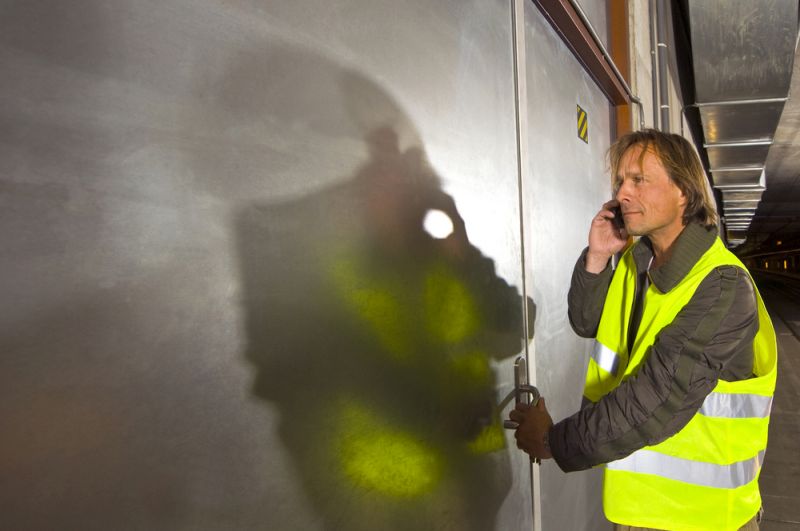
The role of education and shared understanding isfundamental to increasing the resliency of cities. (Photo:Shutterstock)
|1. Improve education & shared understanding
There's a need to understand how all the components andstakeholders of cities interact, and what the key areas andconcerns are for each stakeholder. The role of education and sharedunderstanding is fundamental to facilitating action andincentivizing change.
|Related: The rise of the chief risk officer
|Public and policymaker understanding of risk is critical, andgovernments, insurers and other stakeholders should work togetherto ensure there is a greater understanding of the role of allparties in the economic and social consequences of poor riskmanagement, and to allow the development of appropriatesolutions.
|One way to do this could be to work with a city to develop aproof-of-concept framework that could be tested with the goal ofapplying the framework at a replicable, worldwide scale.
|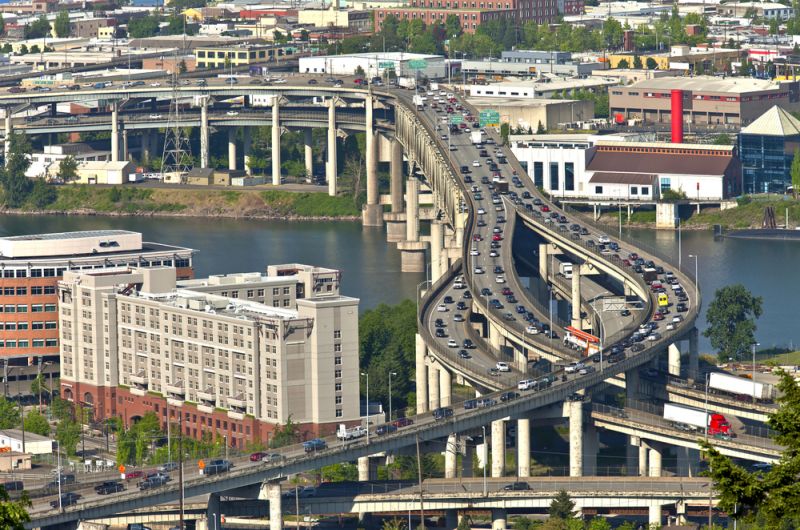
With improved data collection, city officials may be able totrack maintenance, manage responses and model impacts for moreintegrated decision-making. (Photo: Shutterstock)
|2. Additional data for decision-making
Improved data collection, hazard mapping and other tools tomanage and quantify increasing catastrophe risks in underwritingprocesses will allow more accurate risk based pricing. Additionaldata collection, tools and research are important to identifyfuture trends and anticipate future risks, as well as to betterunderstand current risks, and the insurance sector is not alone inthis.
|Related: 4 tips to limit the risk of a big catastrophegetting bigger
|By using new sources of data, insurers may be able to alertclients of potential losses before they occur, assess damage inreal time, speed up the claims process and prevent false claims,reduce administration through automation and allow morepersonalized products and services to be developed, aiding overallresponse.
|City officials might also be able to track maintenance, manageresponses and model impacts for more integrated decision-making.Assigning responsibility at the lowest key stakeholder duringmulti-stakeholder scenario and response planning could unlockadministrative red tape and confusion in the wake ofevents.
|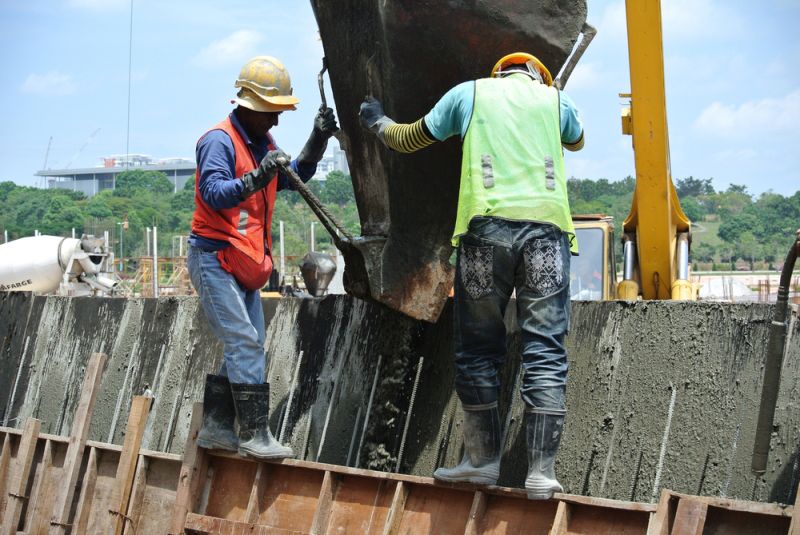
Better risk management could lead to lower pricing, reducingthe overall cost to economic growth. (Photo:Shutterstock)
|3. Agreed upon standards and established metrics
Ensuring that metrics, such as those involved in the Sendai Framework for Disaster Risk Reduction, areuseful and usable by stakeholders will be key to their uptake.Conversely, the absence of such indices will severely affect thedegree to which insurers can actively incorporate resilience intoour process given the level of complexity and number of locationsinvolved.
|Insurers should work with government to administer policiesaimed, for example, at improving construction standards ordiscouraging building in inappropriate areas.Better risk management could lead to lower pricing, reducing theoverall cost to economic growth.
|
Tools are needed that offer a more transparent andcomprehensive approach for analyzing and pricing risk from extremeevents. (Photo: Shutterstock)
|4. Develop shared models and tools
There's a need to provide tools that could offer a moretransparent and comprehensive approach for analyzing and pricingrisk from extreme events. Ensuring that models are developed andmaintained in a collaborative way is also an area to consider.
|The role of tools and models in informing actions to prevent failure and improve recovery is clear,but their potential role in supporting insurers anddecision-makers to support long-term transformation towardsimproved practice might also be considered.
|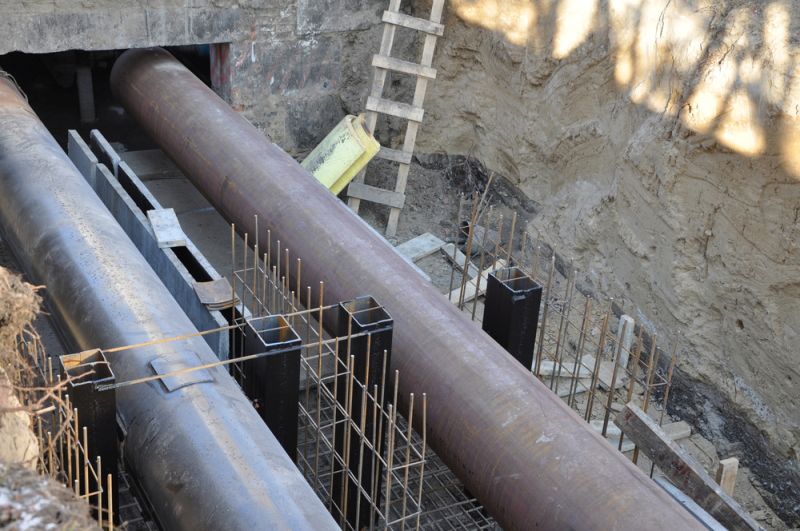
The insurance industry needs improved data collection,hazard mapping and other tools to assess increasing naturalcatastrophe risks in its underwriting processes. (Photo:Shutterstock)
|5. Use models to quantify risks
With the increase in the model availability and amount of dataavailable comes the potential to use that information to makeassessments about risks and to anticipate the potential impacts ofhazards. This would help governments, communities and individualsto make informed decisions about resilience, insurance, investment,and wider policies and interventions.
|Models are only as good as the data they are based on, and theinsurance industry needs improved data collection, hazard mappingand other tools to assess increasing natural catastropherisks in its underwriting processes. Improvedresilience to some risks is likely to result in more residual risksbecoming, or remaining, insurable. This is an area to develop, asincreasing resilience in one area can adversely change theresilience of others.
|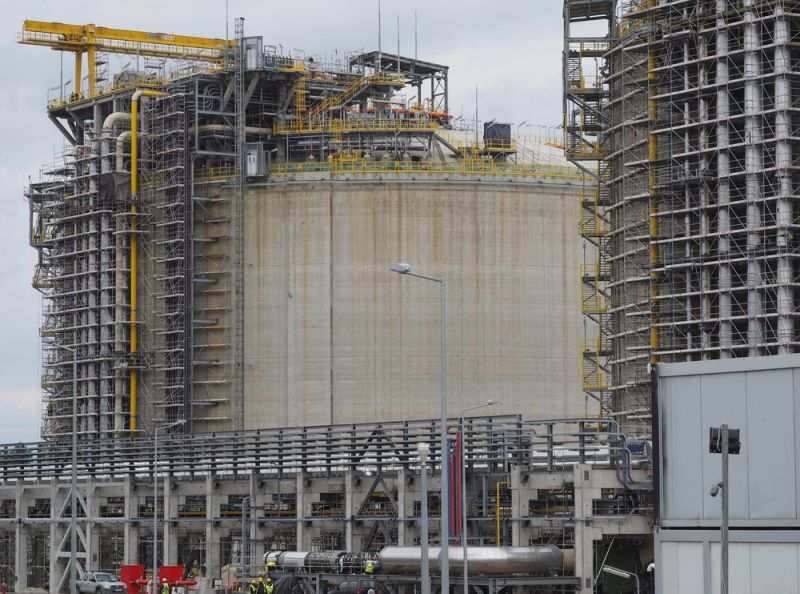
Common building codes that should be applicable after adisaster strikes can encourage a "build back better" system but, atthe same time, provide a level playing field forinsurers. (Photo: Shutterstock)
|6. Create robust building codes
Infrastructure lasts a long time and risk levels are changingdue to many megatrends. Therefore, it's important to createbuilding codes that are robust to both current and futurerisks.
|Common building codes that incorporate resilience provide alevel playing field for insurers and other stakeholders and makehomes and buildings less vulnerable to the effects of hazards withless need for public or private disaster relief.
|Related: Here's how to assess building code differences fromstate to state
|When stakeholders can rely on common sets of codes for planning,design, construction and modelling, it's easier to assess and trackappropriate metrics to understand critical infrastructure. Commonbuilding codes that should be applicable after a disaster strikescan encourage a "build back better" system but, at the same time,provide a level playing field for insurers. If this is only offeredas an option within policies it can lead to low take up sincepremium rates are often higher, as a consequence of the costs ofdelivering increased resilience.
|
Underwriters can integrate indices and metrics into theirassessment of risk. (Photo: Shutterstock)
|7. Incentivize investment
Finding ways to finance or support investment is a key challengethat often comes back to what information is available, and the waythat knowledge is presented and used. The ability to rate theresilience of assets would also be of use on the investment side,and resilience ratings could enable investors to integrateresilience considerations into all aspects of their portfoliomanagement activities.
|Related: How to protect Americans against naturaldisasters
|Underwriters can integrate indices and metrics into theirassessment of risk. Ensuring that information is in a useful andusable format will be the key to effective adoption in therisk-assessment process.
|This is a complicated area that requires further research anddialogue as there is the potential for short-term moral and ethicalquestions for those with poor resilience ratings if they becomeunattractive risks. Yet this process could also help cities in thelong-term to understand and communicate their risk and resiliencestrategies to stakeholders.
|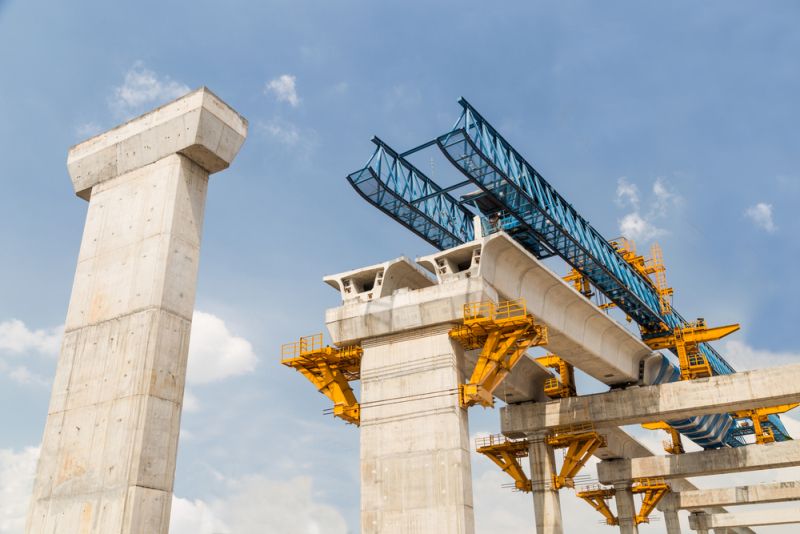
One way the insurance industry incentivizes policyholders tointroduce risk-mitigation measures where local regulation prevails,is through risk-based premiums for implementing appropriatemitigating actions. (Photo: Shutterstock)
|8. Incentivize resilience
It's in the interest of policyholders and governments toimplement risk-mitigation measures, thereby potentially reducingboth the damage from natural catastrophes and the cost ofinsurance. One way the insurance industry incentivizespolicyholders to introduce risk-mitigation measures where localregulation prevails, is through risk-based premiums forimplementing appropriate mitigating actions.
|Another method is for insurers to give policyholders the optionto share a greater proportion of the risk through offering policieswith higher deductibles. Other things equal, this reduces the costsof insurance but leaves the policyholder exposed to more risk, assuch they may they are incentivised to take action to reduce theirresidual risks.
|Related: Harnessing nature as a first line of defenseagainst disasters
|By offering risk-based premiums to asset owners or managers whohave mitigated risk, the premiums would tend to be lower thanaverage, other things being equal. In some cases this could even bemade a condition for insurance.
|Another option is for policyholders to share a greaterproportion of the risk through choosing policies with higherdeductibles. This provides a financial incentive for policyholderto implement cost-effective risk-mitigation measures in order tokeep losses as low as possible below the full deductible amount.The incentive is also provided in part through savings ininsurance premiums in return for them bearing more of the risk.
|It's important to note that not every loss is recoverable underan insurance policy or may be a loss inside the deductibles. Assuch, individuals and businesses may experience resilience benefitsif city policymakers and administrators take action to enhancetheir resilience to events.
|
The use of remote damage assessment technology, either viasatellite or drone aided, is an innovation space that is rapidlydeveloping. (Photo: Shutterstock)
|9. Making change happen at scale
The challenge remains in making change happen at scale— ultimately insurers are competing entities and coveragelevels may differ in the approaches taken, so there is realimportance in making collaboration happen.
|The use of remote damage assessment technology, either viasatellite or drone aided, is an innovation space that is rapidlydeveloping, and is an opportunity for action, not only for insurersbut all those involved in and responsible for the recovery ofcities and communities.
|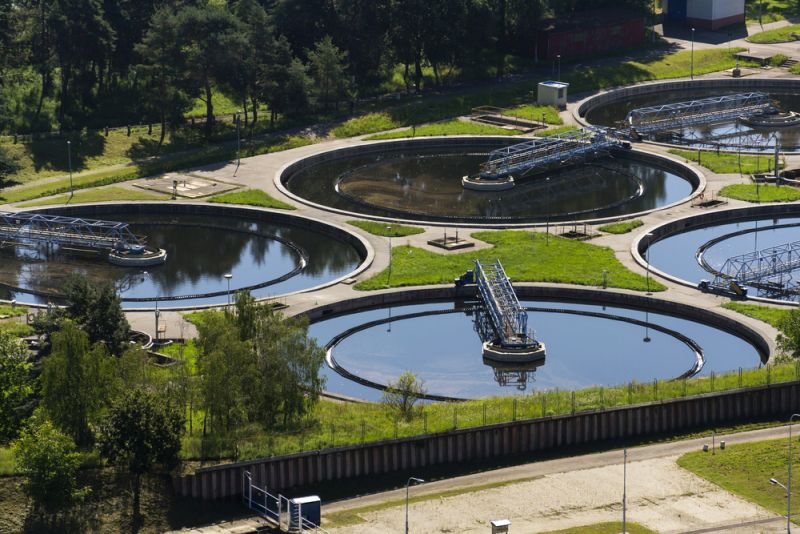
Cities are made up of a diverse and complex mix ofinstitutions, ecosystems, assets and infrastructure that areconnected and mutually interdependent. (Photo:Shutterstock)
|10. Find new way to bridge silos for all stakeholders
Truly building resilience for all stakeholders means finding newways to bridge silos within and between government, the privatesector and communities to measure and account for the benefits ofresilience (direct and indirect), and to incentivizeresilience-building activities.
|Cities are made up of a diverse and complex mix of institutions,ecosystems, assets and infrastructure that are connected andmutually interdependent. Disruption to one part of the system— utility and transport networks, communications systemsand water supplies, for example — cancause failure in other parts, with far-reaching local and globalimplications.
|This makes assessing city risk extremely challenging— secondary and cascading impacts cannot be predictedthrough traditional approaches such as spatial risk assessment. Thetask is made more difficult by the rapid growth and development ofinfrastructure systems.
|Lloyd's and Arup hope this study adds to understanding of cityresilience, stimulates new ideas and raises new research questions,and that it can be used to guide all those stakeholderswith an interest in ensuring that tomorrow's cities are built onresilient foundations. Continued innovation, reflection andcollaboration across sectors and industries are critical to addressconstraints in support of more resilient, inclusive, prosperouscities.
|Related: Here are the 4 top post-election risk managementissues to watch
Want to continue reading?
Become a Free PropertyCasualty360 Digital Reader
Your access to unlimited PropertyCasualty360 content isn’t changing.
Once you are an ALM digital member, you’ll receive:
- All PropertyCasualty360.com news coverage, best practices, and in-depth analysis.
- Educational webcasts, resources from industry leaders, and informative newsletters.
- Other award-winning websites including BenefitsPRO.com and ThinkAdvisor.com.
Already have an account? Sign In
© 2024 ALM Global, LLC, All Rights Reserved. Request academic re-use from www.copyright.com. All other uses, submit a request to [email protected]. For more information visit Asset & Logo Licensing.








